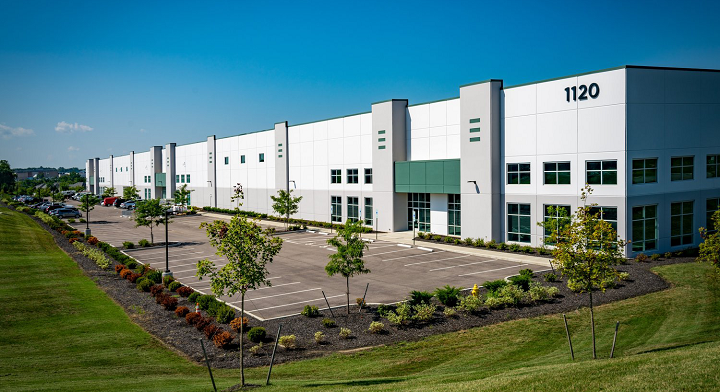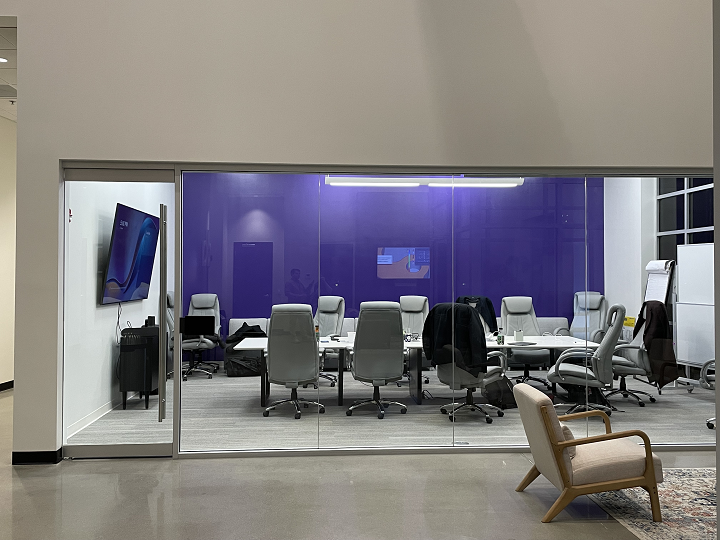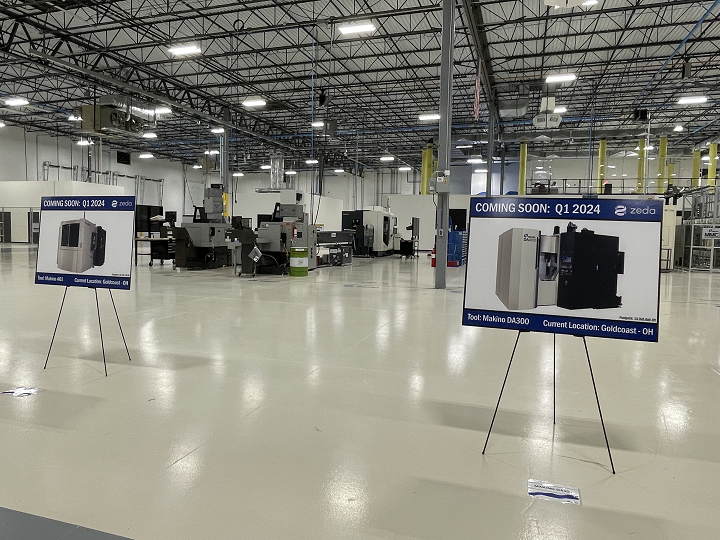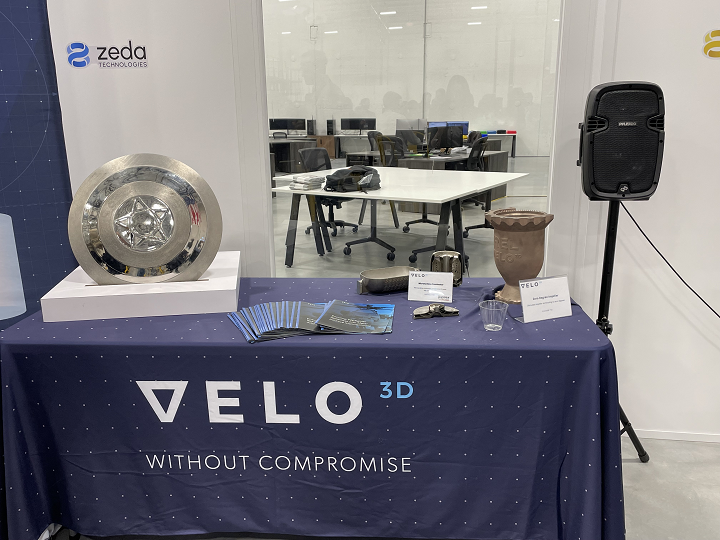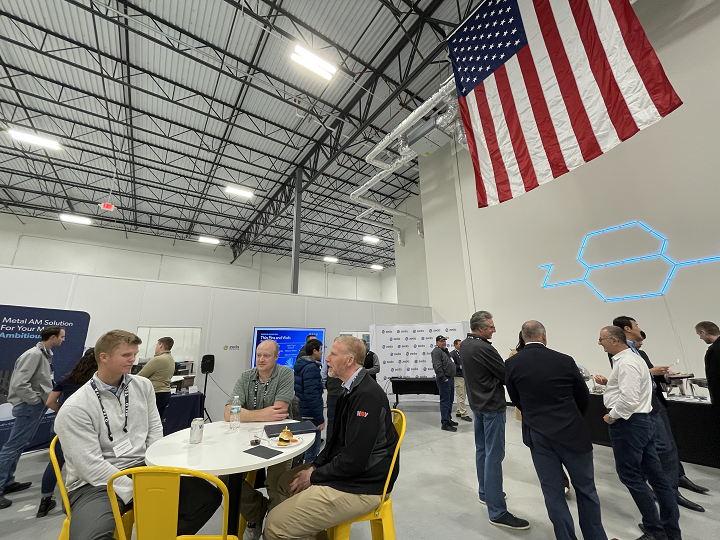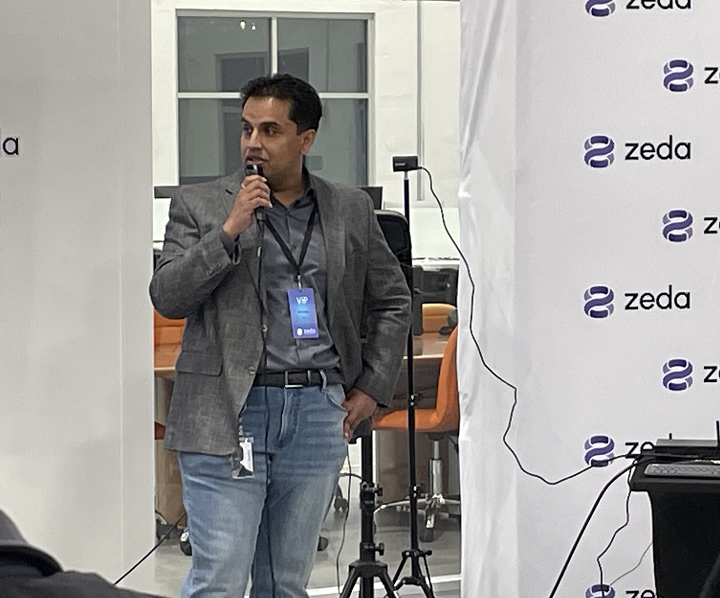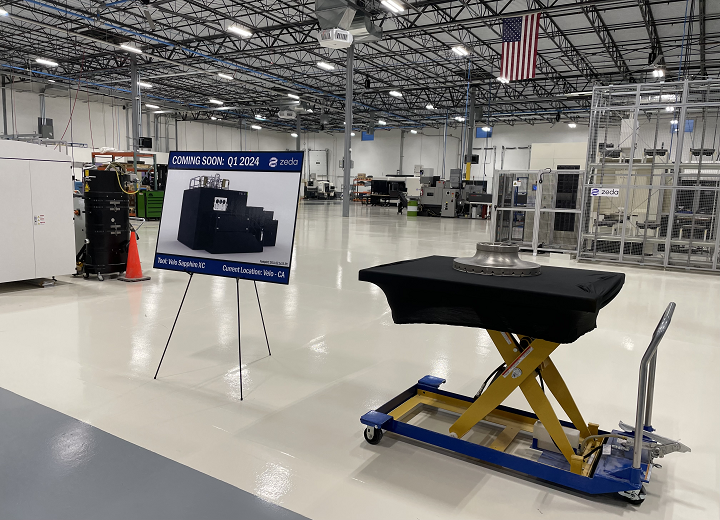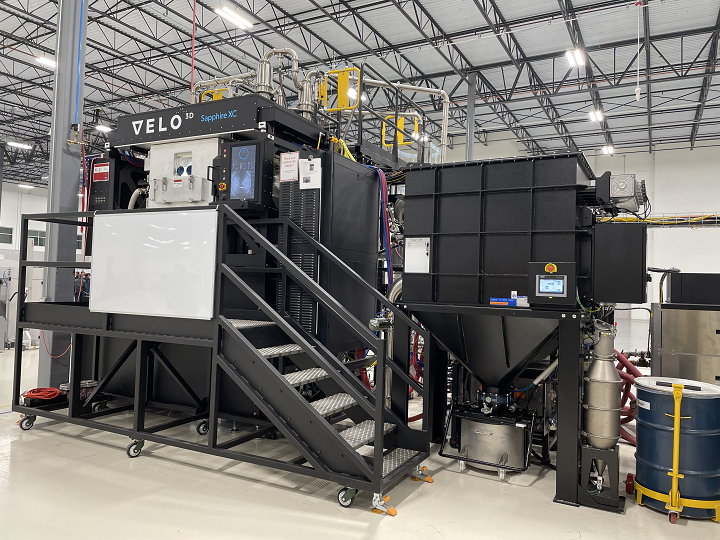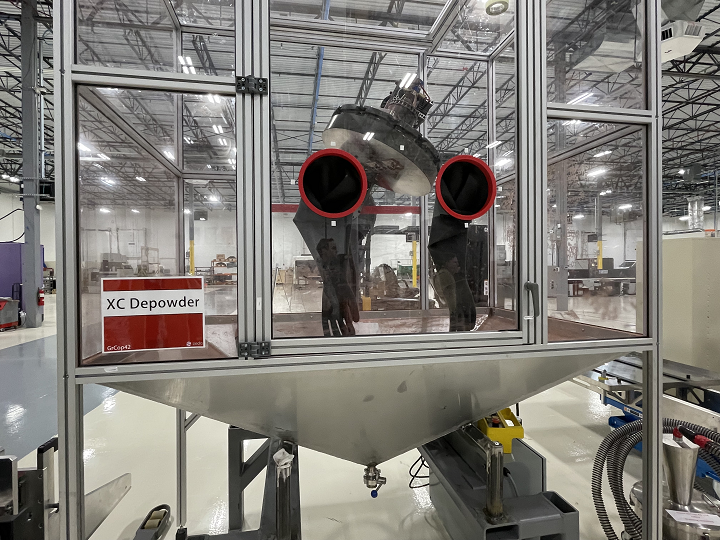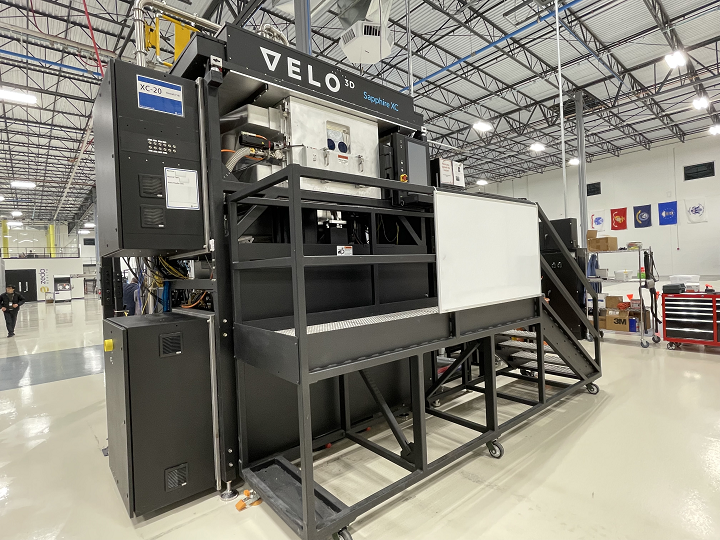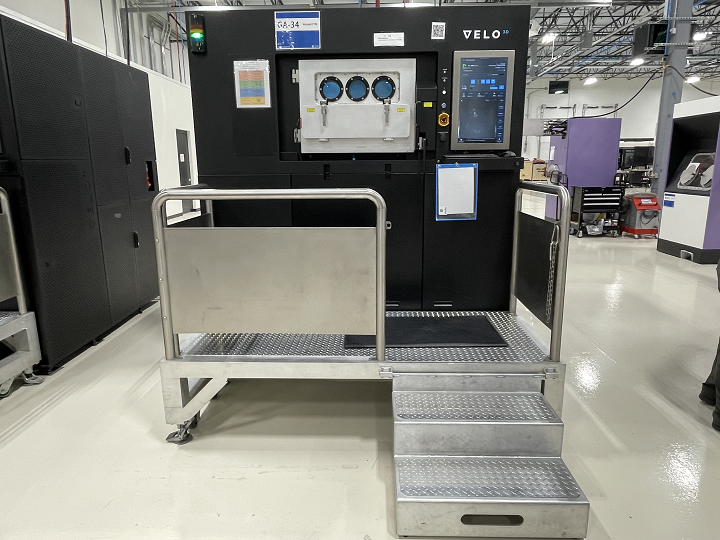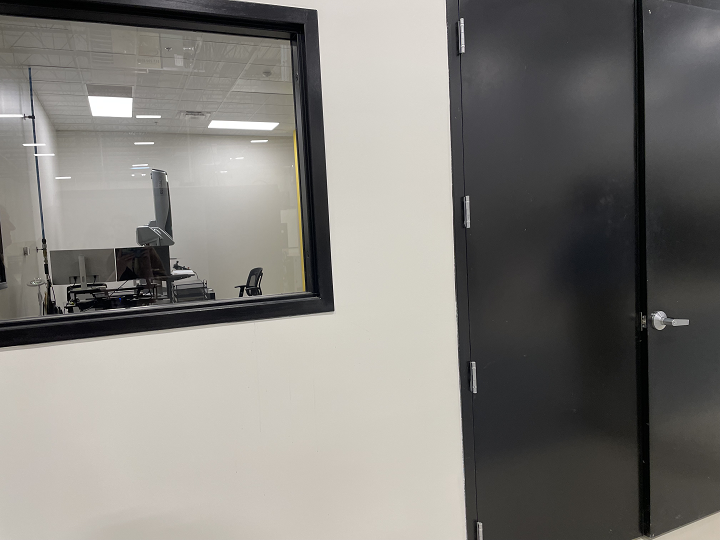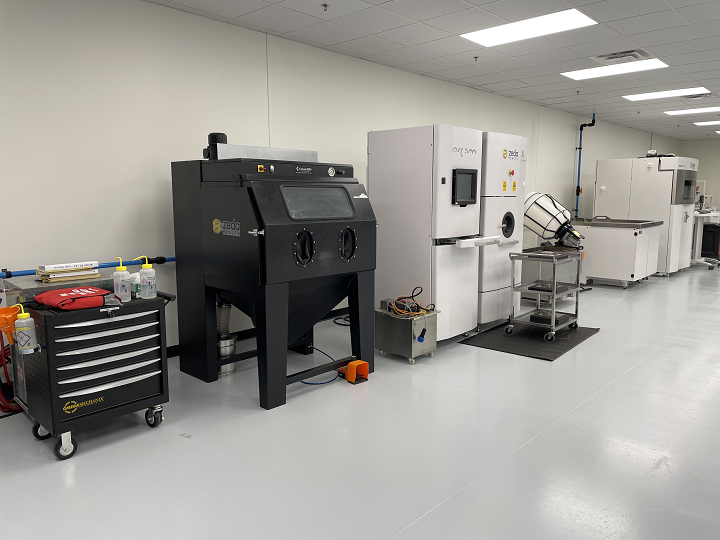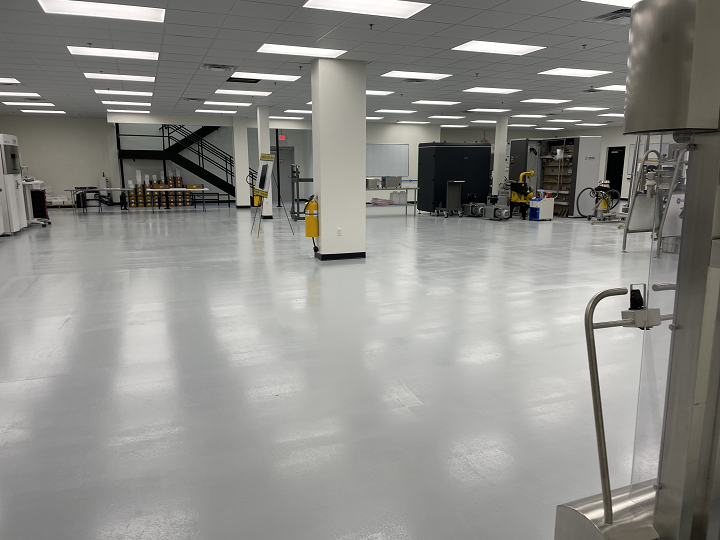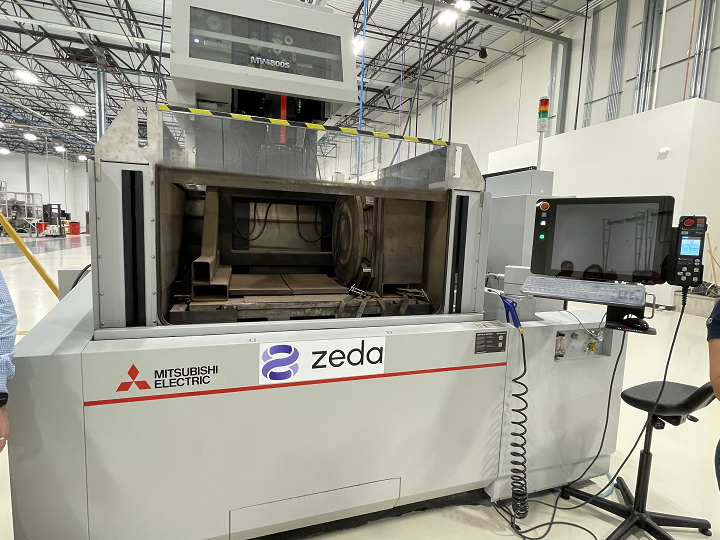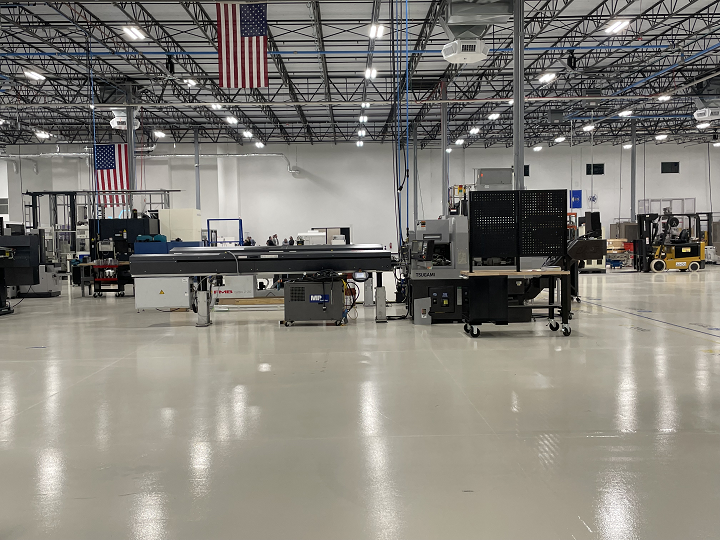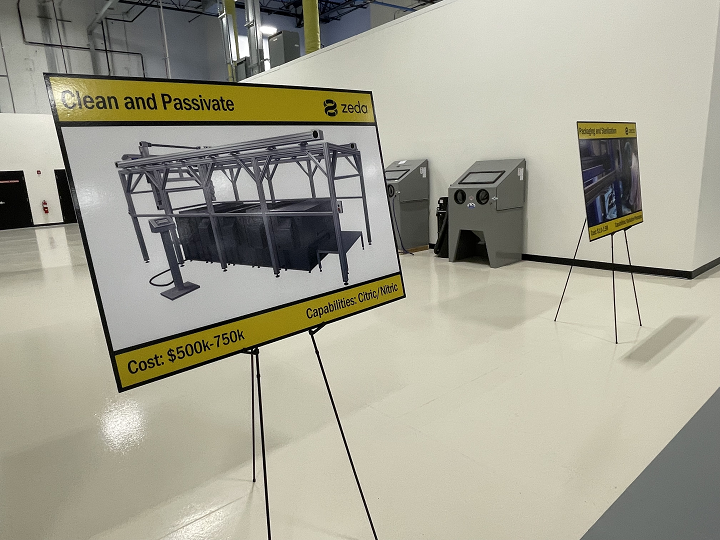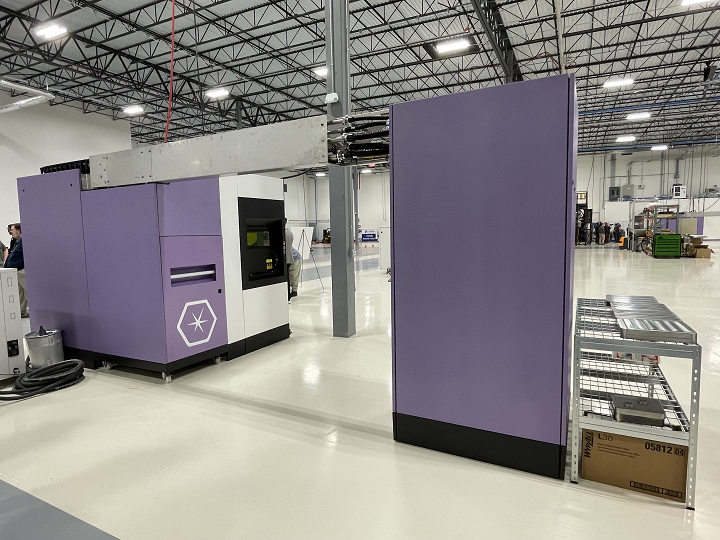Zeda Officially Opens Advanced Manufacturing Facility in Ohio with Velo3D Happy Hour
A month after PrinterPrezz and subsidiary Vertex Manufacturing rebranded as Zeda last year, I had the opportunity to visit the company’s new advanced manufacturing digital foundry in Ohio. At the time of my visit in April of 2023, the 75,000-square-foot facility, which is located next to an Amazon Fulfillment Center near Cincinnati, still had a long way to go before it was complete. But in May, eight months after beginning work on the site, the contract manufacturer opened the doors for business, consisting of the use of 3D printing and nanotechnology to develop solutions for regulated industries like medical, space, aerospace, and defense,. As 2023 wrapped up, Zeda held the official launch party for the facility with a happy hour event, together with partner Velo3D.
Previously housed in a site that was only 16,000-square-feet, the company certainly has more room now, which gives it much more capacity for growth and expanded capabilities. Operations there are led by Zeda CTO and additive manufacturing leader Greg Morris, and the facility houses both large and small-format metal 3D printers, as well as other processes like CNC machining, wire EDM, and metrology. One half of the business, now called Zeda Health, is focused on medical device technology, while the other, Zeda Technologies, is for space, defense, and aerospace solutions.
When I visited the facility in the spring, there was still a lot of empty floor space, and several separate rooms, including one just for titanium 3D printers, hadn’t been completed yet. The difference in the factory at the happy hour was exciting, and you can really see just how much work has gone into it.
The atmosphere at the event was definitely celebratory, with plenty of good food and drink, and lots of industry folks to catch up with—Zeda later reported that over 100 people attended the happy hour.
“Zeda Technologies is now fully operational, with a significantly larger facility that’s built for scale. We’ve brought in cutting edge technology and the latest in metal additive manufacturing to create a digital factory in order to solve our customers’ most demanding needs in aerospace & defense, space, and energy sectors,” Zeda wrote in a LinkedIn post.
The evening officially kicked off with a few words from Benny Buller, who at the time was the CEO of Velo3D; he’s since stepped down, though he remains on the Board of Directors. Buller noted that multiple Sapphire 3D printers are already on the factory floor at Zeda, with even more to come.
“The supply chain is really critical, you need a contract manufacturer that can take a drawing and print it again and again. Zeda, Greg, and the rest of the team here are really good at this.”
Zeda’s Co-Founder and CEO Shri Shetty told the crowd that the company has “invested a lot to grow,” and that over $50 million was spent to complete this state-of-the-art manufacturing facility. He said that Zeda started working with Velo3D a few years ago, a partnership that makes sense given their mutual work in regulated industries like aerospace and defense. Shetty also said that seven more printers are coming to the factory floor, with some arriving as early as Q1 of 2024.
Shetty then announced that tours of the factory floor would begin soon, with small groups of attendees led by members of the Velo3D and Zeda teams. My group was guided by Zeda Account Manager Chris Bruck; Neel Kumar, Product Account Manager on the Zeda Health side; and Stefka Petkova, Velo3D’s Technical Business Development Manager.
Our first stop was one of the two Sapphire XC printers on the floor. The system has a 600 mm x 550 mm build box—as Bruck noted, it’s a “huge platform for long build times,” up to 10-12 days on average. It prints parts out of GRCop-42, a high-conductivity and high-strength copper alloy. Bruck said the space industry is very interested in copper parts, so it’s clear to which applications this particular Sapphire XC caters.
Bruck said Zeda also offers inspection for the parts it prints as a contract manufacturer, making it a “strong supply base for things you don’t do in-house.” He showed us the Sapphire XC’s round build plates, which weigh about 600 lbs. each, and said that the powder which goes through is fully circulated, and that no operators have to handle it, which makes things much safer.
The other Sapphire XC on the Zeda floor prints with the high-strength, corrosion-resistant, nickel-based Inconel 718 alloy—an ideal material for high-temperature applications in the aerospace and defense industries.
Also on the factory floor are two of Velo3D’s smaller Sapphire 3D printers, each with a 315 x 800 mm build platform. Bruck said these also print Inconel 718, and that the average build time for the typical parts that come off this printer is about 4-5 days.
Walking around the factory floor, there were plenty of other manufacturing machines, including AddUp Form 350 3D printers, a wire EDM machine from Mitsubishi Electric, and the CUT AM 500, another EDM machine. I also saw a large unopened crate from GE Additive near the loading docks, and several signs announcing other machines that would arrive in the future.
We peeked into the quality lab on the factory floor, which I noticed was housing a coordinate measuring machine (CMM). We learned that other equipment, including a FARO arm, would be installed in the lab at a later date.
The last stop on the tour was the titanium lab, which is entirely focused on applications for Zeda Health, such as orthopedic implants. With cinder block walls, the lab is completely fireproof, due to the highly regulated nature of the medical industry. At the time, Bruck said they were still getting everything set up in this lab, but hoped to “actively be printing” by this month.
There was an area on the factory floor near the front of the building that was largely open still, and I thought offices might be built there in the future, but I later learned from Steve Rengers, Sr. Vice President at Zeda, that the space was more likely to house R&D labs.
Take a look at some more of my pictures from the Zeda and Velo3D happy hour event below:
Subscribe to Our Email Newsletter
Stay up-to-date on all the latest news from the 3D printing industry and receive information and offers from third party vendors.
Print Services
You May Also Like
New Business: Temporary, Migratory, & Modular 3D Printed Architecture
If we look at potentially emerging 3D printing businesses, then architecture has not been fully explored. Yes, there is a lot of house 3D printing going on worldwide. From deployable...
3D Printing News Briefs, April 19, 2025: Material Extrusion Standard, Metal Powder, & More
In today’s 3D Printing News Briefs, we’re covering a proposed standard for material extrusion, before moving on to business and metal powder. We’ll end with a commercial store’s robotic 3D...
Japan Unveils World’s First 3D Printed Train Station
Japan is now home to what we believe is the world’s first train station built with 3D printing technology. Located in Arida City, just south of Osaka, the new Hatsushima...
restor3d Raises $38M to Expand 3D Printed Orthopedic Implants
Backed by $38 million in new funding, restor3d is pushing ahead with the launch of four personalized implant lines, set to roll out in 2025 and 2026. This latest venture...


